1. Overview
The DLIOT-A231 Industrial Network Programming and Debugging Application System mainly consists of an industrial network control unit, an intelligent detection unit, and a computer desk; Mainly assess the students’ ability to design, install, and debug the network architecture, data processing applications, and detection system functions of the equipment; Investigate their mastery and flexible application of industrial Internet technology, electrical control technology, instrument automation technology, mechanical assembly and adjustment, sensor technology, motion control technology, data analysis and many other technologies, as well as their professional qualities such as safety awareness, craftsmanship, quality and cost control. At the same time, the operator’s ability to analyze and handle practical problems, as well as their innovation, creativity, organizational and management abilities, will be examined on the engineering site.
2. Technical Parameter
1. Input power supply: single-phase AC220V ± 10% 50Hz, MAX 10A
2. Device capacity: < 2KVA
3. Industrial network control unit size: approximately 860 * 686 * 1900mm (L * W * H) ± 10%
4. Intelligent detection unit size: approximately 600 * 950 * 1350mm (L * W * H) ± 10%
5. Computer desk size: approximately 560 * 450 * 850mm (L * W * H) ± 10%
6. Working environment: -10 ℃ -40 ℃, relative humidity<90% RH (25 ℃), altitude<3000M
7. The equipment has safety protection functions such as leakage protection, short circuit protection, overload protection, emergency stop, key switch, status indication, etc.
3. Equipment feature
1. Device selection: The main devices used in the platform are all selected from well-known international and domestic brands, with advanced technology and high market occupancy.
2. Standardization: The platform is designed and developed and tested in accordance with national safety standards and specifications related to mechanical and electrical equipment.
3. Intelligent design: The equipment can self-monitor, monitor its own status and external environment during operation, record data and analyze the generated data.
4. Open design and strong scalability: Fully consider the future hardware expansion, function expansion, application expansion, integration expansion and other multi-level extensions of the system to facilitate users to better reuse the platform during secondary development.
5. Combination of software and hardware, virtual and real linkage: Through digital twins, digital electromechanical modeling is used to replace physical equipment for simulation debugging, accelerating the integration between virtual design and physical manufacturing, and reducing complexity risks.
6. Integrate the latest technology and have strong comprehensiveness: It integrates advanced technologies such as intelligent sensing technology, intelligent warehousing technology, automatic identification technology, digital twin technology, network security technology, digital twin technology and remote operation and maintenance technology to realize equipment automation, Lean process inspection and management informatization are highly unified.
7. The equipment involves a variety of mainstream communication protocols such as PROFINET, TCP/IP, MODBUS, S7, IOT, etc. The types of protocols involved are wide and cover a wide range of content.



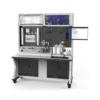




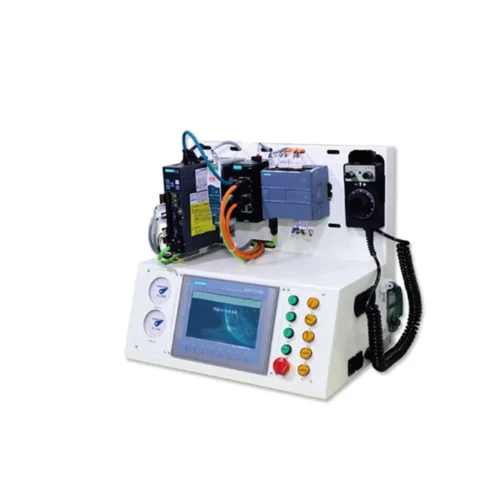
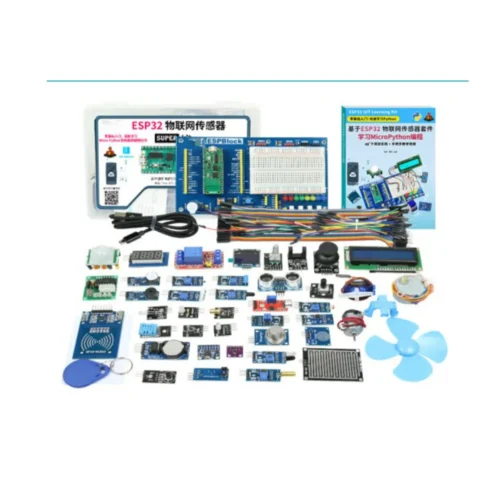

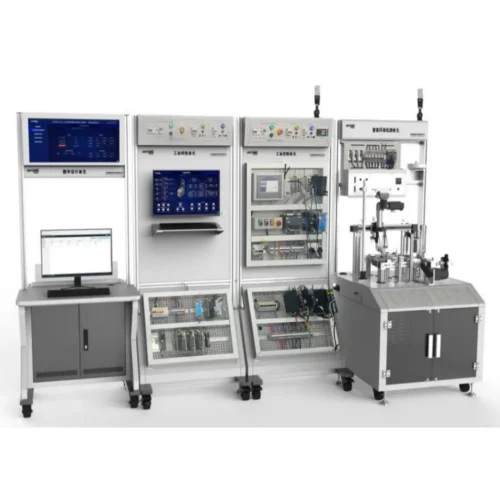













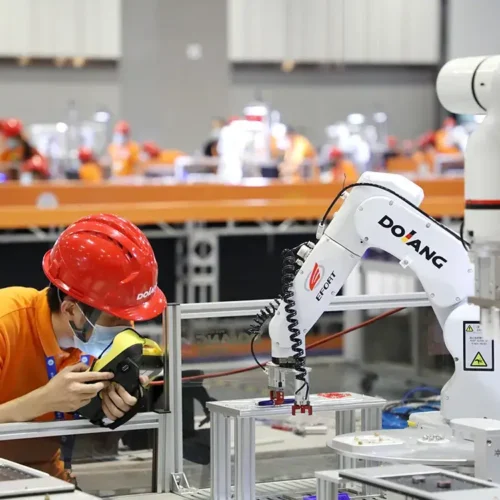
Reviews
There are no reviews yet.